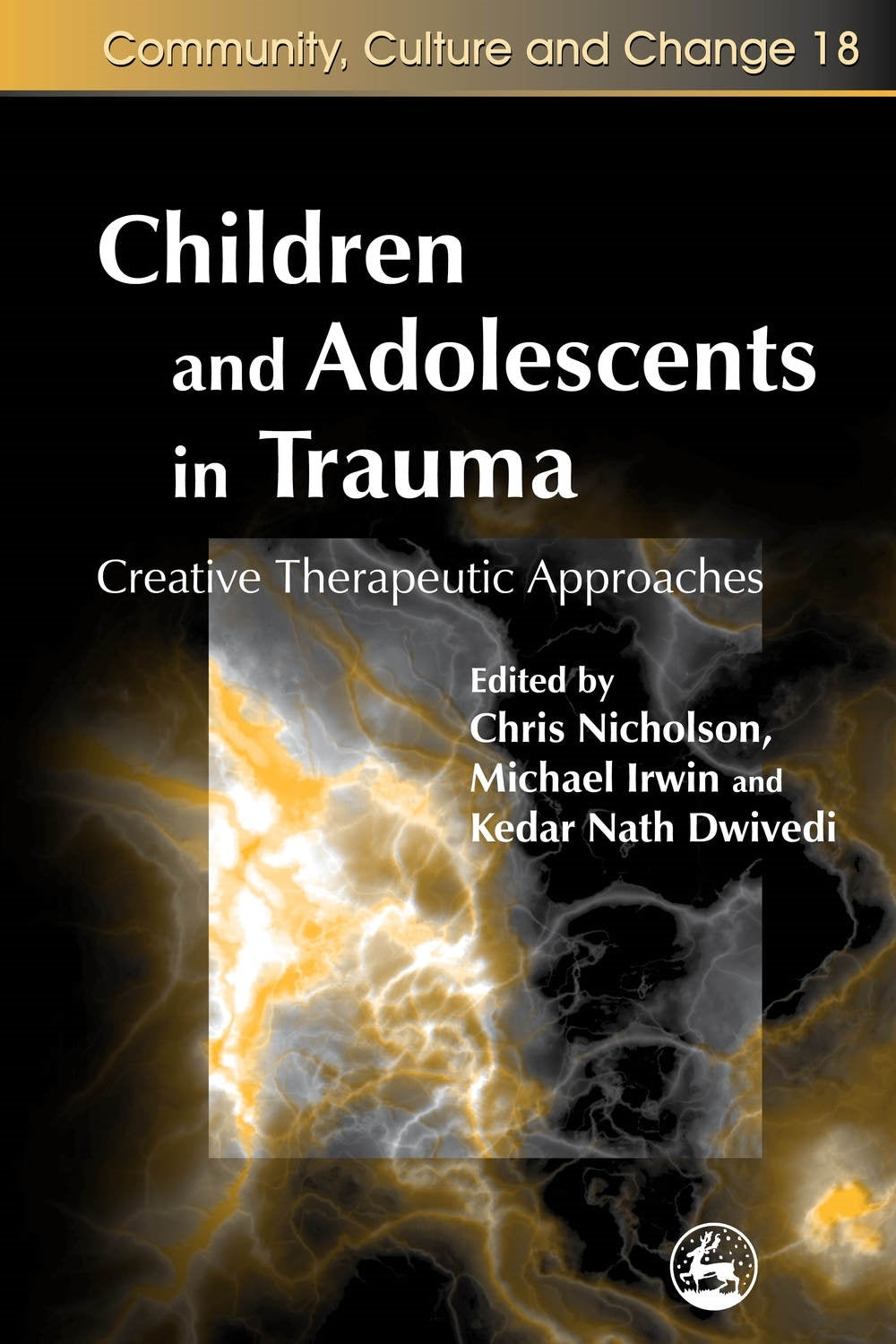
Press Reviews
Child Abuse Review
This book makes an important contribution to our understanding of children who are looked after and accommodated and who, because of traumatic childhood experiences, can present with difficult and often damaging behaviours... In a world which sometimes seems dominated by manuals and medication, it is encouraging to see discussion which embraces the uncertainty of working with young people and a willingness to question the practitioner’s own motivation and the impact of their own past experiences... The book should be read by those working with young people in any residential setting, and would be of value to any professionals who are working with children affected by trauma.
Journal of Mental Health
The strength of the creative approach advocated by the authors is highlighted repeatedly in the key introductory passages of each chapter. Here the authors really put their money where their mouth is and use imagery and literary-based analogy to illustrate theoretical concepts. As a reader I connected with these ideas more comp0rehensively than I have been able to before. From these paragraphs come the nuggets of information that I have retained several weeks after reading the book.
Eastern Journal of Psychiatry, Kangkan Pathak. LGBRIMH, Tezpur, Assam
The book consists of thirteen chapters written by eight different authors. For the benefit of the reader there is an introduction followed by five main parts - Trauma, Story, Self-harm, Art Therapy and Violence. Each topic is discussed in different chapters so that the reader can smoothly understand the subject... This book provides a new approach to understanding traumatized children and adolescent and highlights a variety of creative therapeutic approaches for this group in different residential settings - children's home, secure or psychiatric units and special schools... The book may be used as a training material as most of the standard textbook on child and adolescent psychiatry cannot afford to discuss this topic in such a detail and pragmatic way. We would like to recommend this book to all busy practitioners who are dealing with problems of children and adolescents... The intention of the Editor to promote innovative and creative practice in working with traumatized young people is mostly successful. This book can also serve the purpose of training manual for the staff engaged in this work. This book will be of immense help for practitioners of various mental health traditions - social worker, psychologists and students in these fields as well as parents, teachers and interested lay people. As the Editor hoped in the preface, we also expect that definitely the book will provide nourishment for all those who are working often without thanks and in very challenging circumstances, to provide therapeutic care and education for the troubled young people.
Therapy Today
A worthwhile read for all counselling practitioners and a very useful overview for those starting out.
Willey Online Library
This book makes an important contribution to our understanding of children who are looked after and accommodated and who, because of traumatic childhood experiences, can present with difficult and often damaging behaviours. The book is divided into five sections: trauma, story, self harm, art therapy and violence. The contributors are practitioners whose experience is mainly in therapeutic communities, using creative approaches that are informed by psychodynamic theory. The reader is consistently encourage to step back and think about why young people behave in certain ways, to understand the impact of trauma and how, through containment, consistency and understanding, a different way of "being" can be achieved by these young people.
Patricia MacAulay, B.A., B.Ed., D.V.A.T.I. - Canadian Art Therapy Association Journal
This book offers us the language that we need in order to make the links between the causes of difficult behaviours and the creative remedies that art therapists are able to offer. The passages that offer current thought on trauma and its after-effects are helpful to me in my daily work as I attempt to convey a message to my colleagues about the behaviour of my clientele, the members of our school community who are having the greatest difficulty in integrating their difficult histories... All of us who are in contact with children and teens who have had such life-altering experiences need this background in order to formulate healing responses instead of inadvertently continuing to create additional rifts between the individual and their world.
